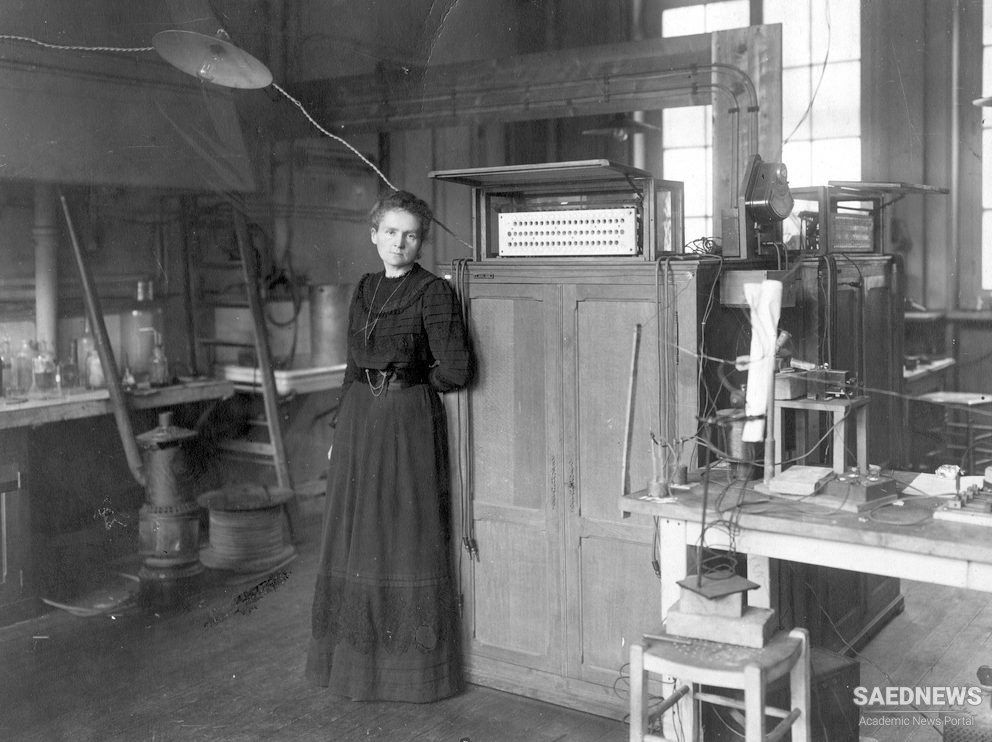Becquerel’s accidental discovery of radioactivity is one of the defining moments in the history of nuclear science and technology. At the time, the only known forces in classical physics were those associated with either gravitation or electricity and magnetism. Physicists in the late nineteenth century felt comfortable that they understood the universe and how it functioned. The discovery of radioactivity presented them with an annoying little puzzle—the solution of which spanned twentieth-century science and required a detailed understanding of how a new “strong nuclear force” functioned at very short ranges (on the order of 10−15 meter) within the atomic nucleus. When Becquerel discovered radioactivity, physicists and chemists still treated atoms as tiny, indivisible spheres. In 1898, the Polish-born French scientist Marie Curie (1867–1934) gave the name radioactivity to the phenomenon discovered by Becquerel. Working with her husband, the French physicist Pierre Curie (1859– 1906), she isolated the natural radioactive elements radium and polonium from a uranium ore called pitchblende. Scientists immediately began to investigate the strange emissions from various naturally radioactive substances. They soon discovered that when a radioactive source was placed in a magnetic field, three distinctly different activities took place. They called these emissions alpha rays, beta rays, and gamma rays. Scientists noticed that some emissions (the alpha rays) steered in a negative direction (suggesting the presence of a positive charge); other emissions (beta rays) steered in a positive direction (suggesting the presence of a negative charge); while still other emissions (gamma rays) remained totally unaffected by the imposed magnetic field. Several years later scientists associated alpha rays with the positively charged nuclei of helium-4 atoms; beta rays with energetic electrons emitted from within the atomic nucleus; and gamma rays with photons of intensely penetrating electromagnetic radiation emitted by processes within the atomic nucleus.


 Radioactivity, X-rays and Formation of Nuclear Physics
Radioactivity, X-rays and Formation of Nuclear Physics














































